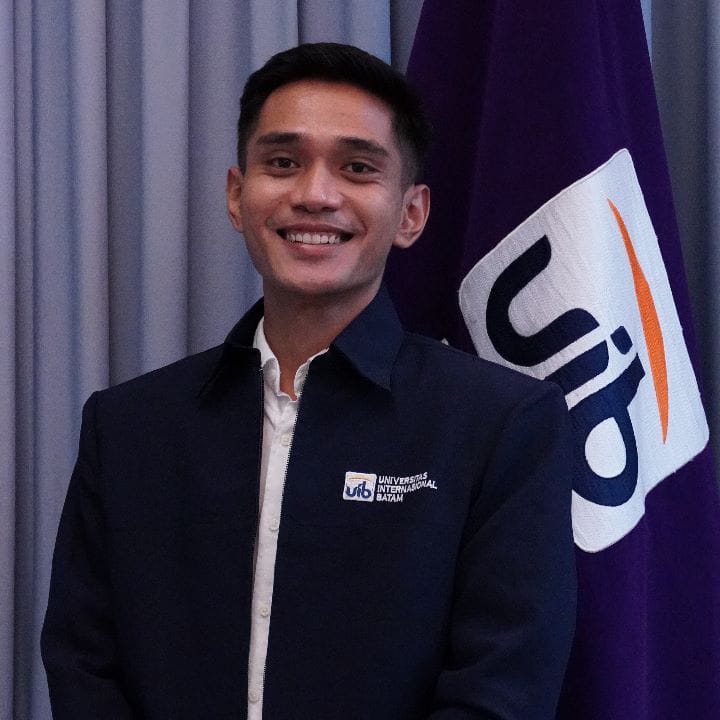Statistics for Language Research - 20231
Educational Statistics is an introductory graduate course in using quantitative methods for inquiry in the social and behavioral sciences. Students will be exposed to the fundamental concepts and procedures of descriptive and inferential statistics. Students will develop competence in reading and understanding statistics topics from sources such as texts, dissertations, journals, or technical reports. The course includes an introduction to the use and interpretation of SPSS, and a statistics lab component will be required.
Reading & Vocabulary - 20231
Reading and Vocabulary course is a compulsory subject for English Language Education at Universitas Internasional Batam. This course emphasizes students' basic reading comprehension. The students are expected to be able to develop basic skills, i.e., emerging reading willingness and engagement, identifying information, main idea, and topic, in understanding simple English texts. In addition, this course also integrates English vocabulary recognition in certain fields such as family, profession, and other topics that can help students understand simple English texts and enrich vocabulary.
Metodologi Penelitian - 20231
Selamat datang dimatakuliah Metodologi Penelitian. Matakuliah ini adalah matakuliah wajib yang harus ditempuh sebanyak 3sks untuk menyiapkan kemampuan mahasiswa untuk bisa melakukan sebuah penelitian ilmiah. Matakuliah ini dilakukan secara hybird untuk penyampaian konsep, diskusi, penulisan draf penelitian, dan latihan menyeminarkan sebuah proposal penelitian. Diakhir matakuliah ini mahasiswa akan menghasilkan sebuah proposal penelitian yang siap untuk ditindaklanjuti proses penelitian selanjutnya.
Integrated Listening and Speaking - 20231
This course is a compulsory course in the English Language Education Study Program. This course is an integration of listening and speaking skills. In the process of teaching and learning, the students are expected to comprehend the spoken text's objectives and provide suitable responses in a proper way. Moreover, after the aforementioned process, the students are able to communicate the constructs to the listener in the form of oral communication.
ICT - based Instructional Design - 20231
This course is intended to develop knowledge on adult learning and hone understanding of widely used instructional design models specifically for teaching EFL. The course intends to equip the students with skills to design and analyze professional learning resources. The students will learn the essentials of designing and developing measurable instructional programs informed by fundamental learning theories to meet a variety of learner needs. The participants will be able to design and develop instructional material management systems with the use of ICT. at the end of the course the students are expected to be able to apply the principles of instructional design following a step by step model from needs assessment to evaluation, and build a solid understanding of the process of a learning design and contribute to the material design in educational institution in Indonesia.
English Phonology - 20231
The course is designed to provide you with a knowledge of English phonetics and phonology. English phonetics includes the description of phonetic features for segmental phonemes and suprasegmental phonemes. It also includes both broad and narrow phonetic transcriptions. English phonology introduces you to phonological principles governing sound patterns in English. It primarily explains how surface (phonetic) representation is derived from underlying (phonemic) representation by means of phonological rules.
Critical Reading & Writing Skills - 20231
Welcome to Critical Reading and Writing! Let's be Critical
Lecturer

Hilarius Raditya Priambada Purba, S.Pd., M.Pd
Course Description:
This course is a compulsory course in the English Language Education Study Program. This course is an integration of reading and writing skills. In the process of teaching and learning, the students are expected to comprehend the text's objectives and provide suitable responses in a critical way. Moreover, after the aforementioned process, the students are able to communicate the constructs to the readers in the form of writing.
Credit: 3 Credits
Course Learning Outcome:
CPMK1 Mahasiswa mampu menemukan maksud, tujuan, dan pesan tersirat dari suatu teks bacaan
CPMK2 Mahasiswa mampu menemukan informasi-informasi penting dari tujuan teks bacaan
CPMK3 Mahasiswa mampu menganalisis teks bacaan secara kritis
CMPK4 Mahasiswa mampu menanggapi teks bacaan secara kritis dalam bentuk esai yang baik.

